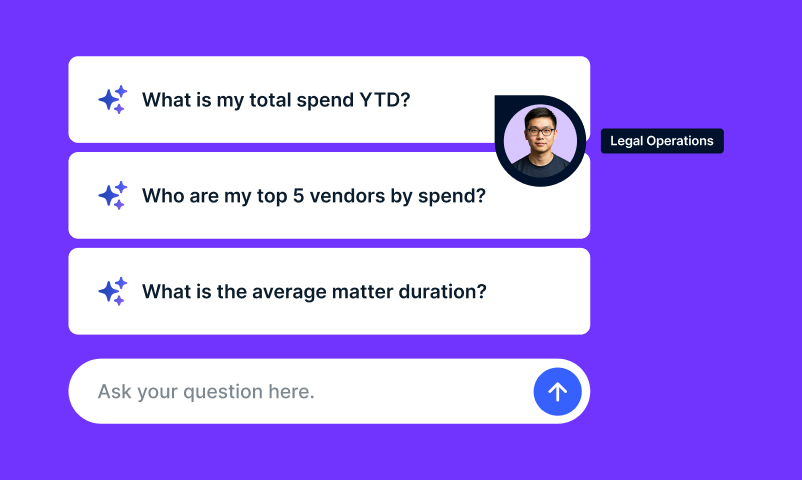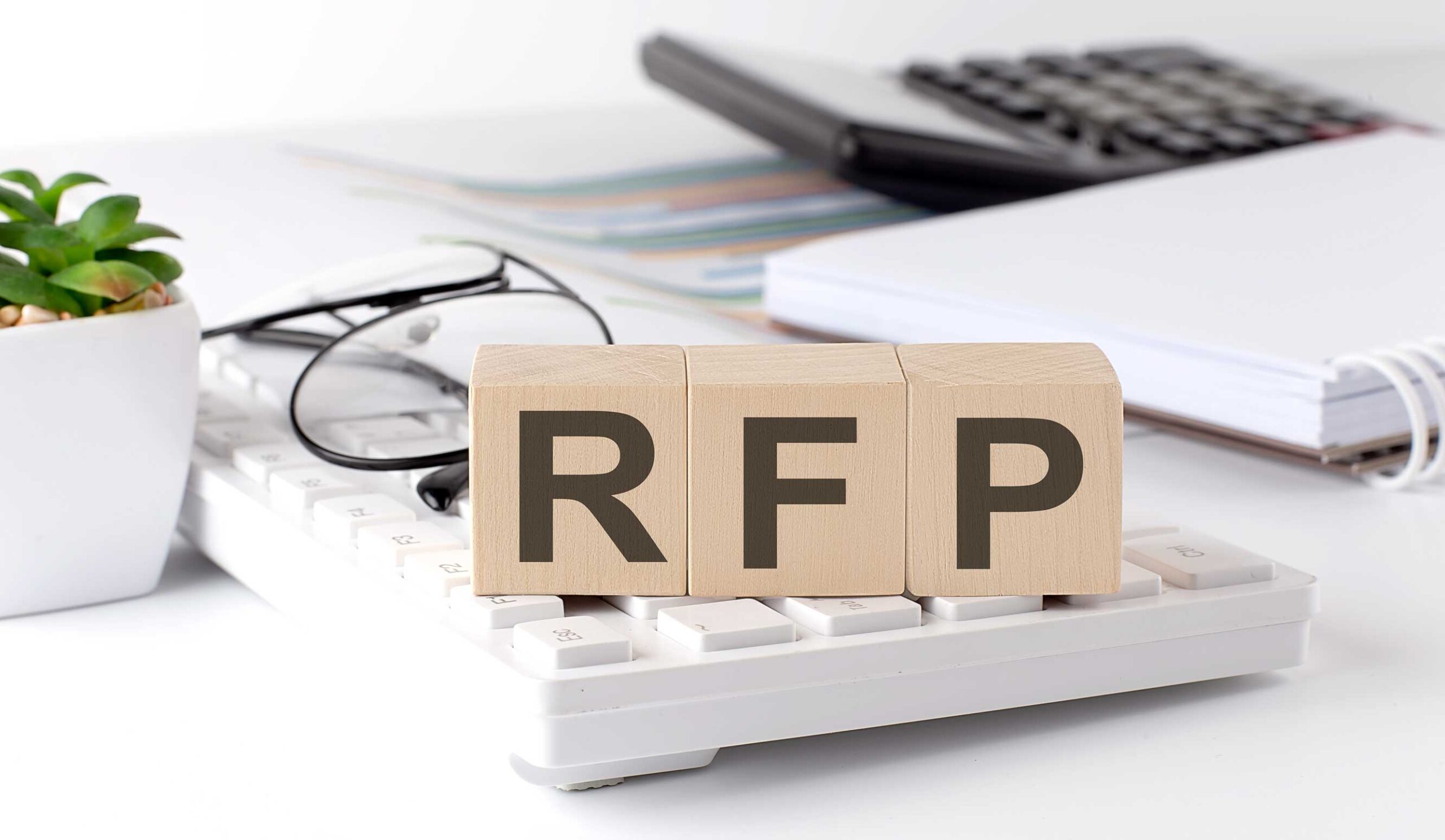
This article is the first of our four-part blog series focusing solely on matter management and its various aspects and best practices. To kick off the series, we will be going back to the basics. In this article, we look at what matter management and legal matters are and why digital matter management is rising in importance.
Matter management is a term that is regularly used within the legal industry. It’s what lawyers and legal operations professionals want to optimize, and it’s the challenge that legal tech vendors are trying to solve. However, its scope is so broad that it’s easy to get confused as to what “matter management” is. To help address any uncertainty, we thought that we’d share our thoughts on the subject and set out what we believe matter management means and how technology can play a part.
Starting With the 7 Core Components of a Legal Matter
While matter management has received more attention with the growth in legal tools aimed at streamlining the process, it’s important to note that matter management is a discipline that has been around much longer than any software tool.
As the name suggests, matter management is the process of managing a legal matter (with or without technology). But what does this entail? To explain, it’s easiest to first look at the constituent elements of a legal matter.
1. Documents
Think of lawyers, and you’ll often conjure up images of huge contracts and files full to the brim with documents. Every legal matter involves documentation of some description, from contracts and licenses to emails and letters. All this documentation needs to be centrally and securely stored and managed.
2. Knowledge
While legal teams are smart people, it’s perfectly natural they cannot have all the answers. They need quick access to quality and accurate data and know-how to support the delivery of any legal matter. Making this knowledge accessible when it is needed is a core component of matter management.
3. Collaboration
Law is a team sport. Every legal matter involves a broad range of different stakeholders – within the legal department and the wider business, as well as external to the organization. Efficient matter management requires seamless communication and collaboration between all parties.
4. Workflow
While many legal matters are complex and have their own nuances, most legal matters are quite formulaic. In other words, they follow a set sequence of phases and stages depending on the facts and circumstances of the matter.
5. Management
Matters are projects, so they need to be managed with the same diligence and attention. From scope, budgeting, and resourcing to task allocation, risk tracking, and status reporting, matters need to be carefully managed like any other project to ensure delivery on time and within budget.
6. Spend
Tracking spend against budget is a key component any matter where outside counsel or other legal service provider is instructed. It’s always vital to monitor how matter spend is performing against budget, keep track of work-in-progress (WIP) and accruals, as well as look out for issues that might adversely impact the budget and matter spend.
7. Reporting
In order to properly manage any legal matter or portfolio of matters, it’s necessary to have access to all the information about the relevant matters. Whether it’s information about status, risk, resourcing, spend, contracts, matters, etc., this information needs to be collated, available, and capable of being easily reportable.
Matter management simply involves the efficient coordination, organization, and delivery of all these core components for legal matters.
Micro vs Macro Matter Management
When people think of matter management, they are usually thinking about it at matter (micro) level, e.g., the management of a single matter. This will normally be the case for participants in particular matters who need visibility over matter activity and have access to matter-related documents and know-how. However, legal departments are constantly handling large numbers of ongoing matters that also need to be managed and tracked at a portfolio (macro) level. This will particularly be the case for General Counsel, CLOs, and legal operations managers who need visibility, reporting, and insight across all legal matters. Therefore, it’s important to remember that matter management also includes matter portfolio management.
The Rise of Digital Matter Management
Unsurprisingly, digital matter management (DMM) involves the use of technology to support the management and delivery of legal matters. There are many software tools available that will help improve the discreet elements of a legal matter listed above, from contract assembly and document management systems to spend management and enterprise collaboration applications. Whilst it’s a basic approach, even the use of tools like MS Excel and Dropbox is a form of digital matter management that works for many legal teams.
Currently, there is no shortage of software point solutions to help manage and streamline different components of a legal matter. However, the use of separate tech tools presents its own challenges – for example, integration difficulties, data silos, and inefficiency caused by context switching across applications. Legal departments are also under pressure from their organization’s IT teams to simplify and reduce the tech stack. For these reasons, there is a growing trend away from point solutions for matter management and towards single platforms that aim to optimize the full matter lifecycle in one central system. Therefore, in recent years, legal departments have been increasingly adopting full-suite cloud platforms.
What is Driving the Focus on Digital Matter Management?
Optimizing matter management has become a key focus for many legal teams in recent years, and they’re turning to technology to support this initiative. It’s part of a rapid digital transformation trend across legal departments that is being driven by a range of different factors, including, but not limited to:
- Move to remote working, which requires greater focus and investment in legal productivity and workflow tools and easy access to know-how from anywhere and at any time
- Pressure to be more cost-efficient as a legal function and deliver more value to their organizations
- Growing global regulation and uncertainty causing increased legal workloads
- More work being serviced in-house without legal department headcounts increasing significantly
- Need to improve internal customer engagement as well as vendor selection and management
- Maturing of legal operations and rise in dedicated legal technology strategies for corporate legal departments
- Need for legal departments to demonstrate that they are a net contributor to the business
All these factors are leading many legal departments to seriously explore the adoption of matter management platforms to alleviate these pressures and help boost the value that they are delivering to their businesses.
Read Part II of this series: 7 Key Components of a Full-Suite Matter Management System.











